FHIR HRex: The Future of Secure Health Information Exchange?
June 17, 2024 | 5-minute read

Siloed member data hinders care coordination, frustrates providers, and ultimately impedes the delivery of optimal member care. Initiatives like the Da Vinci Project's Health Record Exchange (HRex) are emerging to address this critical issue. This blog post delves into the concept of HRex, exploring its foundation in the FHIR standard, its implications for health plans, and its potential to revolutionize healthcare data exchange.
What is FHIR HRex?
Imagine a world where a member’s medical history seamlessly travels between providers and health plans. That's the potential of FHIR HRex. Built on the FHIR (Fast Healthcare Interoperability Resources) standard, HRex provides a standardized “data language” to exchange healthcare data. Here's the key: HRex defines specific profiles for various FHIR resources including medications, allergies, and immunizations.
Think of data language this way: Different computer programs use their own internal languages. Similarly, healthcare IT systems often have unique ways of recording, storing and transmitting data. FHIR resources act as a common vocabulary, defining the structure and meaning of data elements. HRex builds on this by creating specific profiles for these resources, like a specialized medical dictionary for exchanging vital information.
Profiles for FHIR Resources:
These profiles act like detailed instructions for each resource, ensuring everyone interprets the data the same way. Here are some examples:
| FHIR Resource | Description | HRex Profile Example |
|---|---|---|
| MedicationRequest | Order for a medication | Specifies details like dosage, route, and intended duration |
| AllergyIntolerance | Member allergy information | Captures specific allergens and potential reactions. |
| Immunization | Record of a vaccination | Details the vaccine type, date administered, and lot number. |
| Condition | Health problem diagnosis | Standardizes coding for diagnoses and active vs. resolved status. |
This table provides a glimpse; HRex encompasses many more profiles for various healthcare data types.
HRex and the Power of Consent:
Member privacy is paramount in healthcare data exchange. This is where the HRex Consent Profile comes in. According to the official HL7 FHIR specification for HRex https://build.fhir.org/ig/HL7/davinci-epdx/, the Consent Profile defines the constraints for representing a member's consent to the sharing of their healthcare information with other organizations.
In simpler terms, the HRex Consent Profile creates a standardized way for a member’s consent to be documented and exchanged electronically. This ensures that:
- Consent is clearly defined: The profile specifies what information the member is consenting to share and with whom.
- Consent is machine-readable: Healthcare providers and health plans can easily understand the scope and limitations of a member’s consent.
- Consent is portable: A member’s consent can follow them across different healthcare settings, eliminating the need to repeatedly grant consent.
This standardized approach to consent management empowers members and simplifies the process for providers and health plans.
Implications for Health Plans
While HRex offers significant benefits for health plans, implementing it requires a multi-faceted approach:
- Technology Upgrades: Health plans may need to invest in upgrading their IT infrastructure to ensure compatibility with FHIR and HRex profiles. This will involve integrating FHIR data processing, storage, and FHIR®-based API capabilities to facilitate data exchange.
- Process Reengineering: Existing workflows for data exchange with providers might need to be revised to leverage HRex. This could involve automating data exchange processes and integrating them with current Payer systems.
- Workforce Training: Staff involved in data exchange and utilization may require training on FHIR and HRex. Understanding these standards will be crucial for interpreting and utilizing the exchanged data effectively.
- Potential Cost Savings: Implementing HRex can lead to significant cost savings by reducing manual data entry tasks associated with prior authorization and claims processing, as well as care coordination. Streamlined workflows and improved data accuracy can further enhance efficiency.
Navigating Existing Mandates:
The good news is that HRex implementation aligns with existing initiatives like US Core Data for Interoperability (USCDI) and various mandated APIs. Here's how:
- USCDI foundation: HRex leverages profiles defined in USCDI for core FHIR resources. This reduces redundancy and simplifies adoption for health plans already working with USCDI.
- Complementary to APIs: Mandated APIs for specific data types like claims, encounter and eligibility can coexist with HRex. HRex can facilitate a broader exchange of clinical data beyond what's mandated by APIs.
Implementation Timeline:
There's no single, federally mandated deadline for HRex adoption. However, the healthcare industry is moving towards wider FHIR and HRex implementation, with some of the CMS-mandated FHIR APIs leveraging HRex. Here are some resources to stay updated:
Da Vinci Project: https://projectlifedashboard.hl7.org/accelerators/da-vinci/
Conclusion:
HRex holds immense potential to transform healthcare data exchange, but successful implementation requires planning and effort. By leveraging existing USCDI efforts and adopting a phased approach, health plans can unlock the benefits of HRex while minimizing disruption. As the industry embraces interoperability, HRex paves the way for a future where seamless data flow fosters better care coordination and improved health outcomes.



